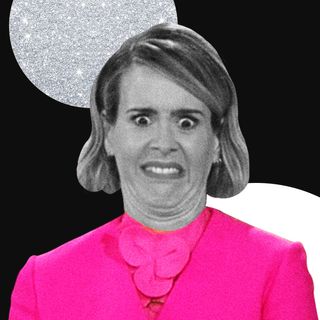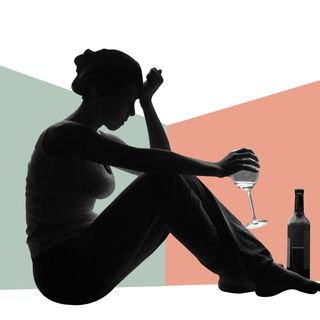Idleness is a paradox — can’t live with it, can’t live without it. In the coronavirus pandemic, work, at least for those in the formal workforce, has served as a distraction from the everyday monotony of being stuck at home, even as a life-threatening pandemic ravages cities and towns outside. At the same time, doing said work has become more taxing, as people struggle to deal with mental health issues that often accompany long periods of isolation. As a result, idleness — that pesky phenomenon often berated and extolled in modern-day with equal measure — has reinforced its paradoxical nature, leaving people confused about what to do in lockdown.
Humans prefer engaging in activity over sitting around and doing nothing, a 2010 study out of University of Chicago found. But it’s complicated — the study found humans choose to remain idle if an activity is pointless, but they end up being less happy than if they had done the activity anyway. But they still make the not-rational choice — to stay idle and be less happy — because they always want to assess the utility of the activity first, while treating idleness as a default fall-back option.
The roots of this perception, study author and psychologist Christopher Hsee says in a statement, lie in human evolution. For our ancestors who had to fight to survive, conservation of energy was high on the priority list, which ended up entrenching idleness as a standard of being, in their psyche. Now, we need relatively lower levels of energy than they did to survive, but the idleness standard has lingered throughout time. As a result, people who are deciding what to do often tend to prioritize idleness — which often leads to boredom — but end up wishing they were busy instead. When they are busy, the idleness standard still lingers, making them wish they could just sit around, even though research shows they wouldn’t be happy then either.
Related on The Swaddle:
Why Being In Isolation Feels So Tiring
We’ve further befuddled idleness as a concept in our minds today — hustle culture, for example, glorifies constant productivity and output (pandemic productivity quickly became a thing under lockdown, for example), which portrays idleness as a product of laziness, a lack of motivation and drive. The knee-jerk negative connotations we’ve attached to idleness has further alienated our base proclivities toward being idle, even as people struggle to cope with finding a work-life balance, or doing self-care while striving to always be busy.
However, a counter-narrative — that of prioritizing idleness — has taken shape in response to people burning out in recent times. It’s good to be bored, to be in touch with ourselves, to spend some time during the day not being productive or staring at screens, experts suggest. But it’s easier said than done.
In the midst of all this back-and-forth, the tendency to constantly swing between wanting to be busy and wanting to be idle intensifies, in which both options war between our biological instincts, our experiences, and the cultural conversations surrounding work and rest. At the end of the day for people deciding what to do, neither option seems attractive enough to our heavily-conditioned brains.
The ideal solution here is to be able to do work on our own terms, to be able to constantly assess how much work and rest we need, to constantly flit between states of being busy and being idle, with neither forced upon us. This, however, is an impossibility for most, often a luxury reserved for the privileged few. In the time being, making a concerted effort to assess our need for both — busyness and idleness — and to implement routines in place that attempt to accommodate both, can perhaps reduce the mental labor we do to simply figure out what to do.




